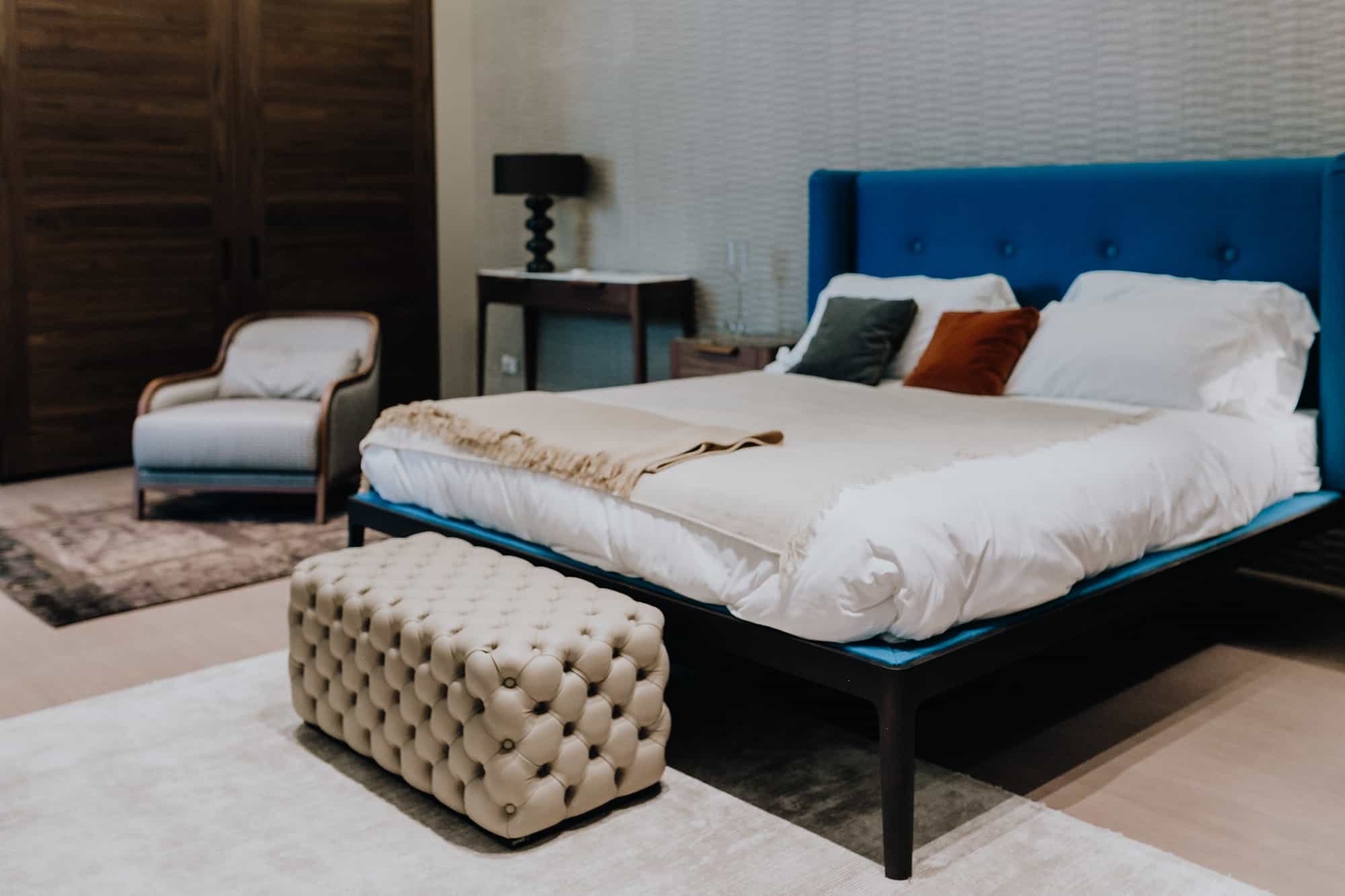A Home That Breathes with You
There’s a quiet kind of comfort that comes from being surrounded by natural elements. The warmth of real wood underfoot. Soft daylight filtering through tall windows. Open space that doesn’t feel empty, but expansive. These aren’t just aesthetic choices—they shape how we move through our days and how we feel inside our homes.
When a space is thoughtfully built, it does more than provide shelter. It offers presence. It reminds you to slow down, breathe deeper, and settle into yourself. The structure of a home—what it’s made of, how it’s lit, the way it holds you—can either compete with your peace or quietly support it.
Often, it’s the most organic things that bring us back to balance.
The Power of Natural Materials in Our Daily Lives
We’re wired to respond to what’s real. The grain of unfinished wood, the way it smells after rain, the subtle irregularities in a hand-hewn beam—these details ground us. They bring a sense of quiet familiarity that synthetic finishes can’t replicate. That connection to real, tactile materials is part of why wood plays such a powerful role in how we experience a space. It doesn’t shout for attention, but it’s always present, shaping the energy of a room in quiet, lasting ways. The texture of timber softens hard lines. Its weight and warmth offer a sense of safety. Even when we’re not consciously aware, we feel the difference.
The science backs this up—approaches like biophilic design show how natural materials and thoughtful structure support both emotional well-being and environmental values. There’s something deeply human about being surrounded by nature, even indoors. Wood brings a connection to place. It feels timeless, rooted, and reassuring.
When natural materials form the foundation of a home—not just its surface—the shift isn’t just visual. It’s emotional. It changes how a space holds you.
Framing Calm: Why Structure Shapes Experience
There’s a difference between living in a well-decorated house and living in a thoughtfully built home. One offers surface beauty; the other creates a lasting sense of ease. The frame of a home—the way it’s constructed, the materials used, the openness or intimacy of the layout—shapes how we move, rest, and feel within it.
Timber framing invites a different kind of design—one that starts with how a space feels before how it looks. It brings a sense of balance, rhythm, and proportion that goes beyond surface appeal. These structures naturally allow for openness and light, while still feeling grounded and solid.
When you’re working with a timber frame supplier who understands how structure influences mood and lifestyle, you’re not just building walls—you’re shaping atmosphere. A good framing partner helps you think beyond blueprints and consider how a room might feel on a rainy morning, or how afternoon sun will stretch across the floor.
Structure sets the tone. And when it’s built with care, it supports a life that feels more peaceful, more connected, and more your own.
Letting the Light In: The Role of Space and Light
Some of the most restorative spaces aren’t packed with things—they’re shaped by light. Morning sun that spills across the floor. Late-day warmth that stretches through open rooms. The soft, fading glow that wraps the day in quiet. Light like this doesn’t just illuminate—it calms, steadies, and carries us gently through each part of the day.
A home that welcomes light in is inherently restorative. And that ability starts with structure. Timber frame homes often allow for more expansive layouts and higher ceilings, making it easier to incorporate large windows, open sightlines, and even skylights. The result is a space that breathes, instead of one that simply contains.
Light plays off wood in a way that feels alive. It highlights the grain, warms the tones, and creates a sense of depth even in the simplest designs. When the frame itself becomes part of the visual and emotional language of the home, the space gains a quiet energy of its own.
Natural light and intentional spatial planning create environments that encourage presence, clarity, and ease.
Designing a Life, Not Just a Living Room
When you start thinking of home as something that supports your entire life—not just your style—it changes how you make decisions. It’s no longer about matching furniture or picking paint colors. It’s about shaping spaces that reflect how you want to feel every day.
A home like this takes time to shape. It’s built with care, not just materials—with choices that reflect how you want to live, not just how you want things to look. Structure, light, and material aren’t just details; they’re what hold your life in place. It’s where you ease into your morning coffee, come back to yourself after a long day, and finally let the pace drop away—your breath steady, your mind quiet.
Bringing nature indoors is less about aesthetics and more about alignment. It helps you reconnect with what feels grounding. And it creates a home that supports you, rather than distracts you.
Spaces like that aren’t accidental. They grow from intention. From clear values. From choices that respect both beauty and function. That’s the same philosophy behind holistic home improvements that merge comfort with design: home becomes a reflection of the life you’re choosing to live.
Rooted, Radiant, and Real
The most meaningful spaces aren’t perfect—they’re personal. They echo your rhythms. They reflect the light you love and the materials that feel good under your hands. They hold you gently through the busy days and the quiet ones.
Bringing nature indoors is about returning to what steadies you. Wood, light, and space have a way of softening the edges of daily life. They shape not only how a home looks, but how it feels—how it holds you, grounds you, and makes room for your full self to show up.
When a home is built with that kind of clarity and care, it becomes something more. A place where you don’t have to hustle to feel at ease. A space where you can live fully and breathe deeply.









